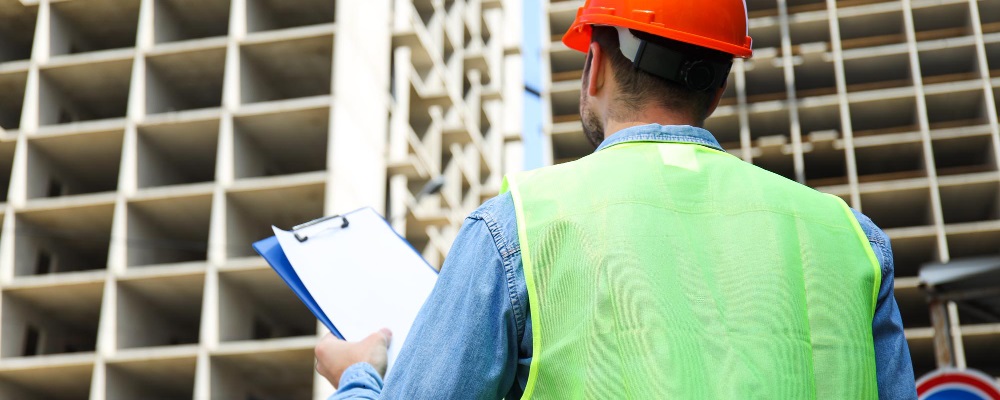Sometimes, contractors combine quality assurance and quality control ideas during routine construction operations. Combining the two into a single process is reasonable as they are responsive to one another. But it’s a mistake to mix the two.
Construction companies can only guarantee high-quality outcomes from the construction process if owners and staff appropriately apply the distinctions between QA and QC. It is impossible to replace these two distinct quality management components with one another. Each fulfils a different set of functions, objectives, and processes.
To ensure that your workers, operators, management, and subcontractors effectively execute your construction project quality requirements, they must stay within the parameters of their roles outlined in the quality program structure.
In this blog, Brick & Bolt explains the importance of quality assurance and quality control in construction. It helps you learn more about the unique functions of building projects related to quality assurance and quality control.
What is Quality Control(QC) and Quality Assurance(QA)?
The term “quality assurance” (QA) describes applying proactive procedures meant to avert errors. QA is a management tool that aims to prevent defects before they arise by involving every team member in organised, systematic actions. The term quality control (QC) is the process of examining a product to find and fix flaws. When it comes to tools, quality control (QC) can be viewed as a corrective tool. On a job site, QC is usually performed by a certain group of people, such as project engineers and inspectors, who walk through and record any things that require corrective action.
Importance of Quality Assurance and Quality Control in Construction
It’s crucial to remember that excellent quality assurance and control procedures can aid in lowering the risk of responsibility for the business. Construction firms are commonly sued or involved in legal disputes; even though the work may have been finished and approved by a client years ago, they may still be held accountable for any undetected or concealed flaws. Without quality assurance and control, a minor detail could cause a project to fail. For this reason, they are crucial. Although it may seem impossible to avoid lawsuits, one strategy to lower risk is through proactive quality control.
Building managers can lessen the chance of a lawsuit by ensuring their work is of the highest calibre throughout. Construction managers can feel secure in knowing that inferior concepts or work will not be approved since quality control and assurance protocols act as safety measures. The advantages of avoiding any potential costs from a lawsuit make quality control and quality assurance worthwhile, even though they might need more time to complete.
When is the Right Time to Apply Quality Management to a Building Project?

The following are the construction quality management ways.
Pre- Construction
Quality control is responsible for ensuring that all designs adhere to the criteria established by quality assurance. This includes approving suggested designs and modifications, testing and checking the materials, and more. During the planning and design stages, quality control is the responsibility of ensuring that all requirements are met.
During Construction
During construction, the chief contractor is responsible for ensuring that the work fulfils the requirements for quality. The quality assurance manager will give them the pertinent paperwork and data. Quality control officers or inspectors do schedule testing; thus, it’s frequently the project manager or head contractor’s responsibility to ensure everything appears in order. The head contractor must follow quality assurance procedures and address any issues they find. Work quality can be improved by adding extra training or refresher courses. The quality control officer will then be able to clear the work on the project, which will cut down on the amount of rework required and help the project stay within its allocated budget and timeframe.
After Construction
The quality control officer checks the building once construction is completed. After the inspection, both the parts that are and are not up to code will be listed. The last stages of the quality assurance processes are now finished. In the unlikely event that the building or project fails inspection, the quality assurance manager will have protocols in place for every aspect of the undertaking. Once the building passes, both officers will be able to proceed to the next project.
In conclusion, despite the difference between quality assurance and control, they are crucial to maintaining safe structures. To get optimal outcomes, a quality management system should guarantee that these two factors cooperate.

